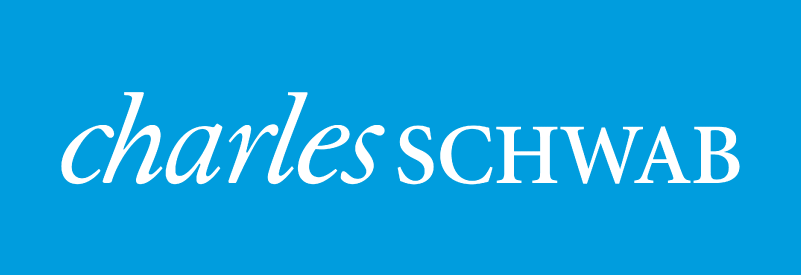U.S. equity markets in June brushed aside developing global trade conflicts, evolving hawkish tilts from several global central banks, and persistent political noise instead focusing on sound economic and earnings backdrops. Non-U.S. markets struggled in the face of a strong U.S. dollar and China’s slowing economy. Shorter term interest rates and credit spreads crept slightly higher in June on inflation and trade conflict narratives respectively. The market outlook remains cautiously constructive in the near term with trade conflict and monetary policy posing the biggest risks to an otherwise encouraging fundamental backdrop.
Market Anecdotes
- The U.S. economic expansion entered its 10th year, the second longest expansion on record, with robust estimates for 2Q GDP growth in the 3.5%-4.5% range. Strong business spending and fiscal stimulus are leading the way.
- Q2 earnings expectations are calling for a third consecutive double-digit quarter and over 20% for the second time since 2010 while revenue expectations are at their highest since 2011 and guidance is at its most positive in nearly 20 years. This is the environment where good results could be viewed as a disappointment.
- Everything is relative. What’s worth considering is that the est. $90b in tariff policies are dwarfed by est. $800b in fiscal stimulus (tax cuts, budget deficit spending, repatriation) and U.S. equity markets are trading roughly flat since the tax and budget packages were passed.
- Year to date, a flat S&P 500 and strong corporate earnings have compressed the trailing P/E multiple by approximately 1.8, from 22.4x to 20.6x. FAANGs have continued to rally. First half 2018 saw FAANGs add $523 billion to their collective market cap while the rest of the Russell 1,000 stocks added a total of $183 billion.
- The yield curve flattened in June with tariff related ‘risk-off’ bids keeping a lid on longer term (>10yr) rates while inflation indications pushed shorter term (<5yr) rates higher.
- Consensus opinion that Fed balance sheet unwind ($20b/mo) along with record U.S. Treasury issuance ($2.3t over next 2yrs), for tax cuts and budget deficit spend, are pressuring USD supply resulting in a strong USD and downward pressures on commodities and emerging markets.
- Central banks had an active June. The Fed hiked rates by 0.25% in a hawkish communique. The ECB announced plans to end QE in December but pledged to keep rates low. The BoJ reduced inflation expectations and pledged to maintain both QE and the yield curve control program. The BoC held rates steady given concerns about their slowing economy.
- Persistent global growth, Iranian sanctions rhetoric, supply disruptions in Canada and Libya, and tighter U.S. oil inventories pushed WTI oil prices up over 10% in June. U.S. Permian Basin oil production contributed 3.2 mbpd to a new record U.S. production level of 10.2 mbpd – the highest recorded figure since the government began keeping records in 1920.
Economic Release Highlights
- 4% unemployment remained near generational lows in June but edged up slightly due to a sharp rise in the number of unemployed persons actively looking for a job. June payrolls expanded by 213,000, a 93rd consecutive month of job growth.
- Core PCE registered 2% growth, officially hitting the Fed’s target level of inflation, a level briefly achieved in 2012 but not sustained since 2007. Headline PCE rose 2.3% yoy, the largest increase in over six years. Inflationary pressures seem to finally be building.
- Capacity stress was notable in June’s strong ISM Manufacturing report which surged back above 60 from last month’s reading of 58.7. The reading handily beat expectations and was the second highest reading of the expansion.
- NFIB Small Business optimism rose to its highest level in 35 years.




Leave a Reply